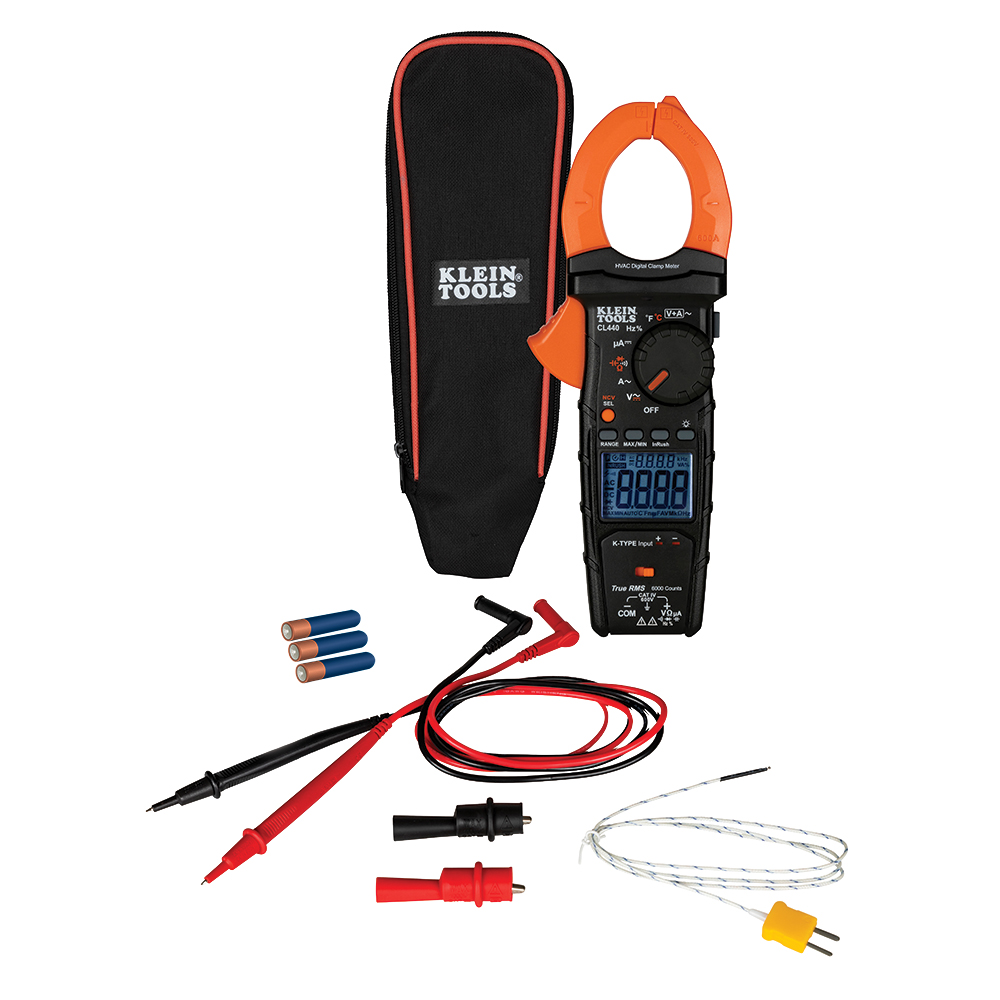Off topic, but can't resist ...
I met a guy years ago who discovered that wifi router frequencies had some overlap with HAM radio frequencies. Off-the-shelf routers were limited to (I think) to 600mw, but a licensed HAM on that same frequency could legally broadcast at 50-1500 watts, i.e. 50 to 150 times the power of a stock wifi router.
He installed "Tomato" firmware on a Linksys WRT54G router, which gave him control of xmit power. He upped the power into HAM radio levels, and was getting a realiable wifi signal ... drum roll ... 10 MILES AWAY! Aaahhh. Imagine that ....
But, he quickly fried the chips/circuit board in the Linksys router at that power level. Last I knew, he had built a small radiator that sat on top of the main chip of the router-- and was pumping water through it to dissipate heat-- just like in a vehicle.
I think of him every time I hear mention of wifi performance.




